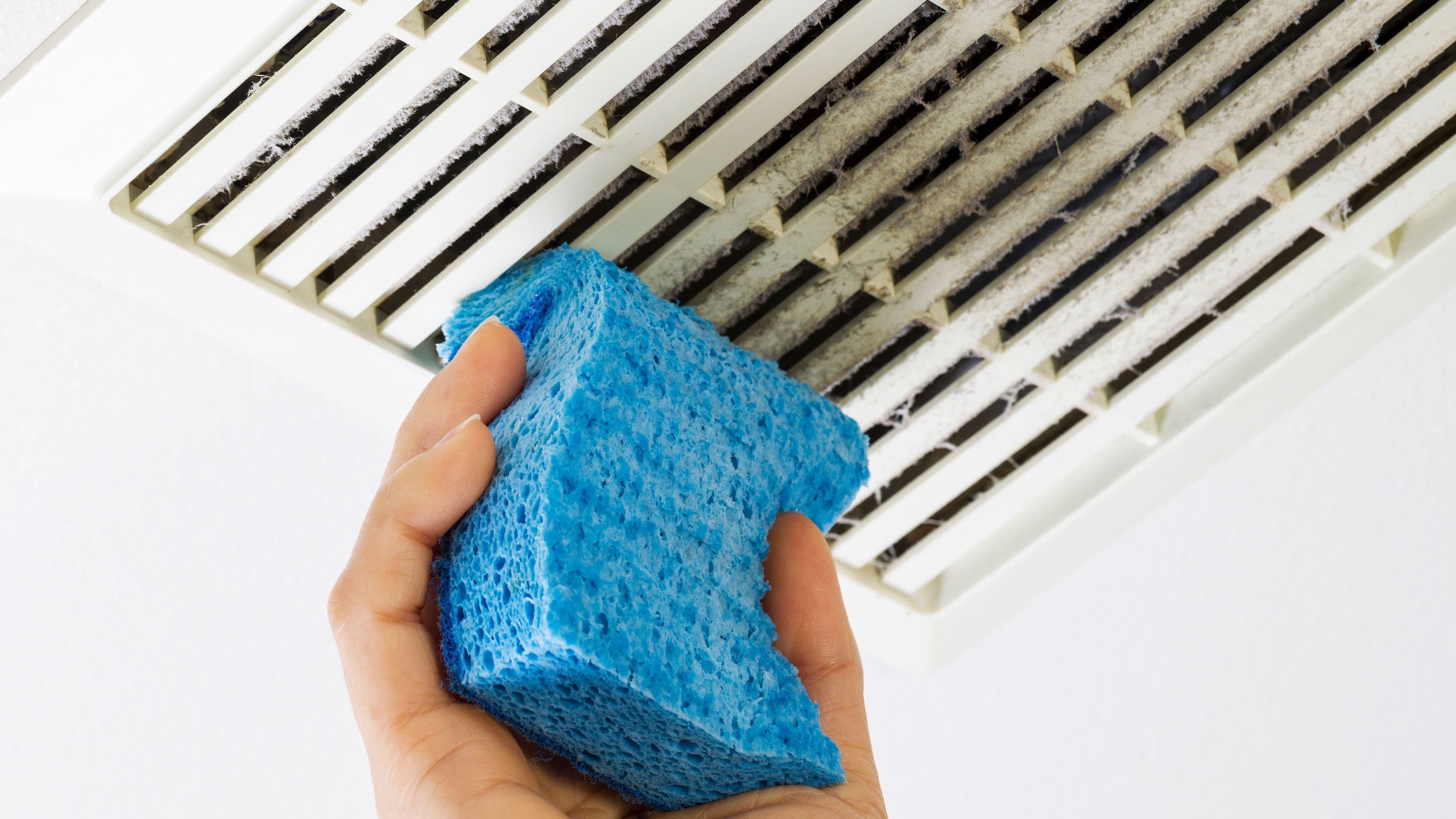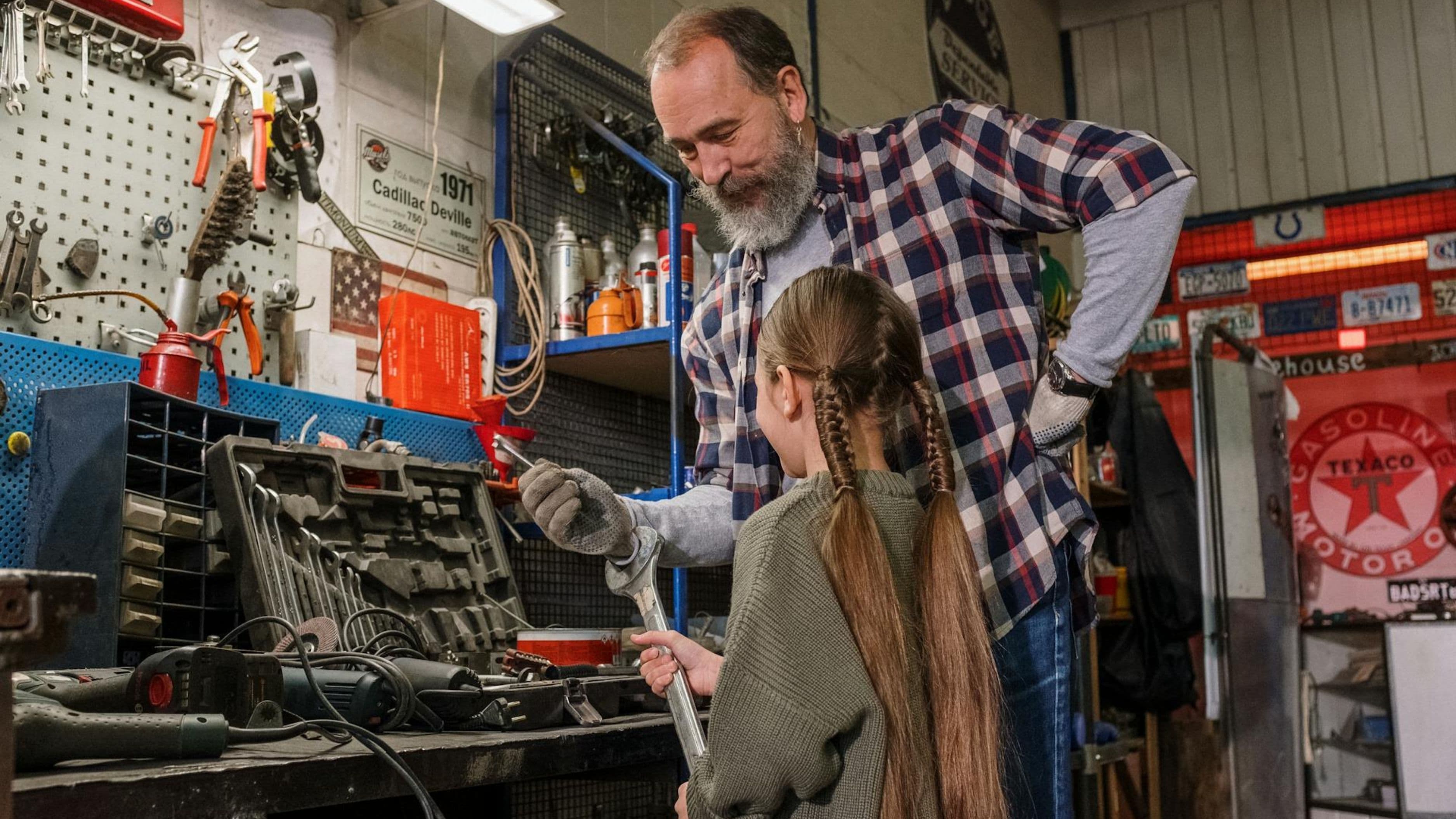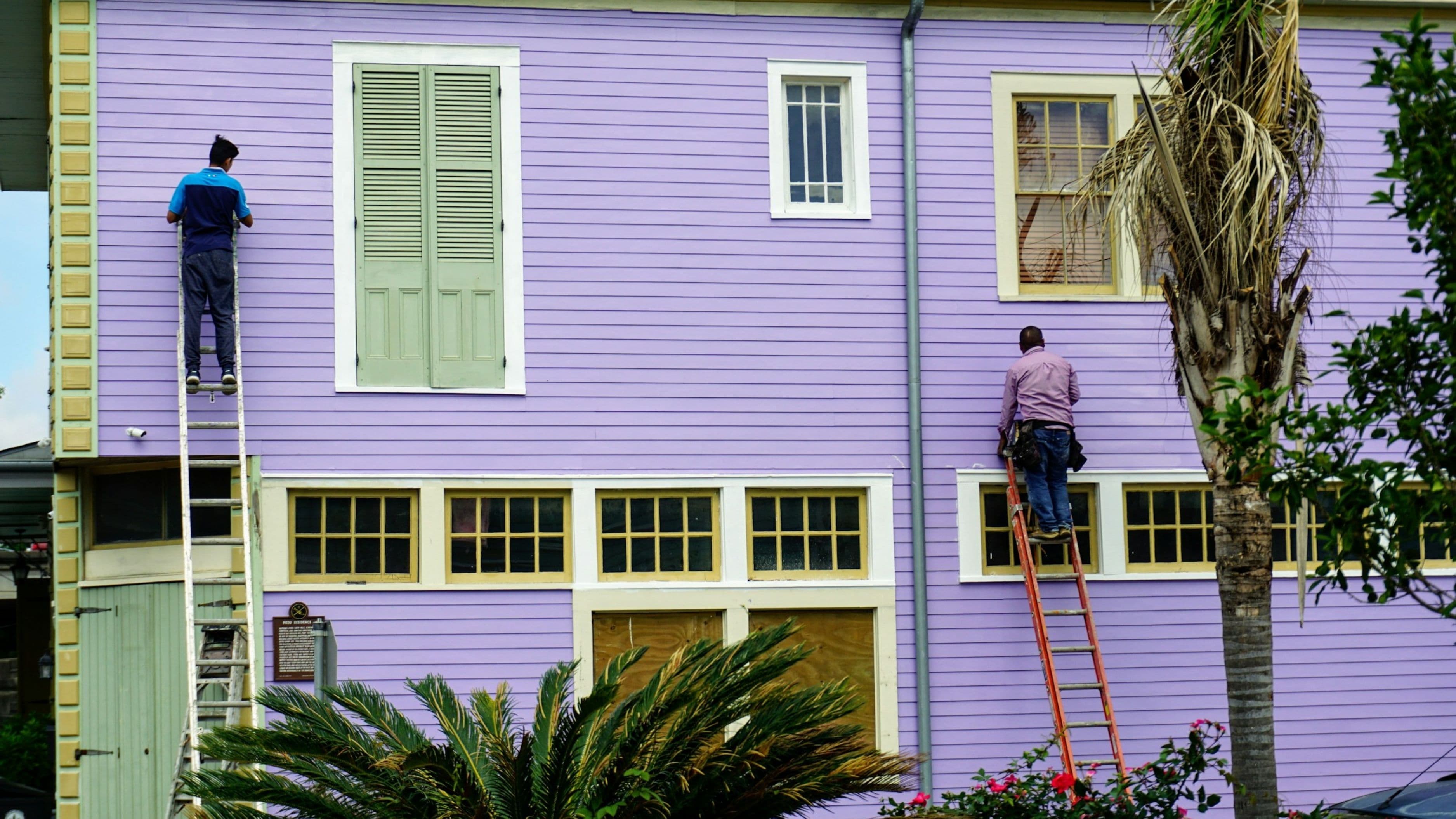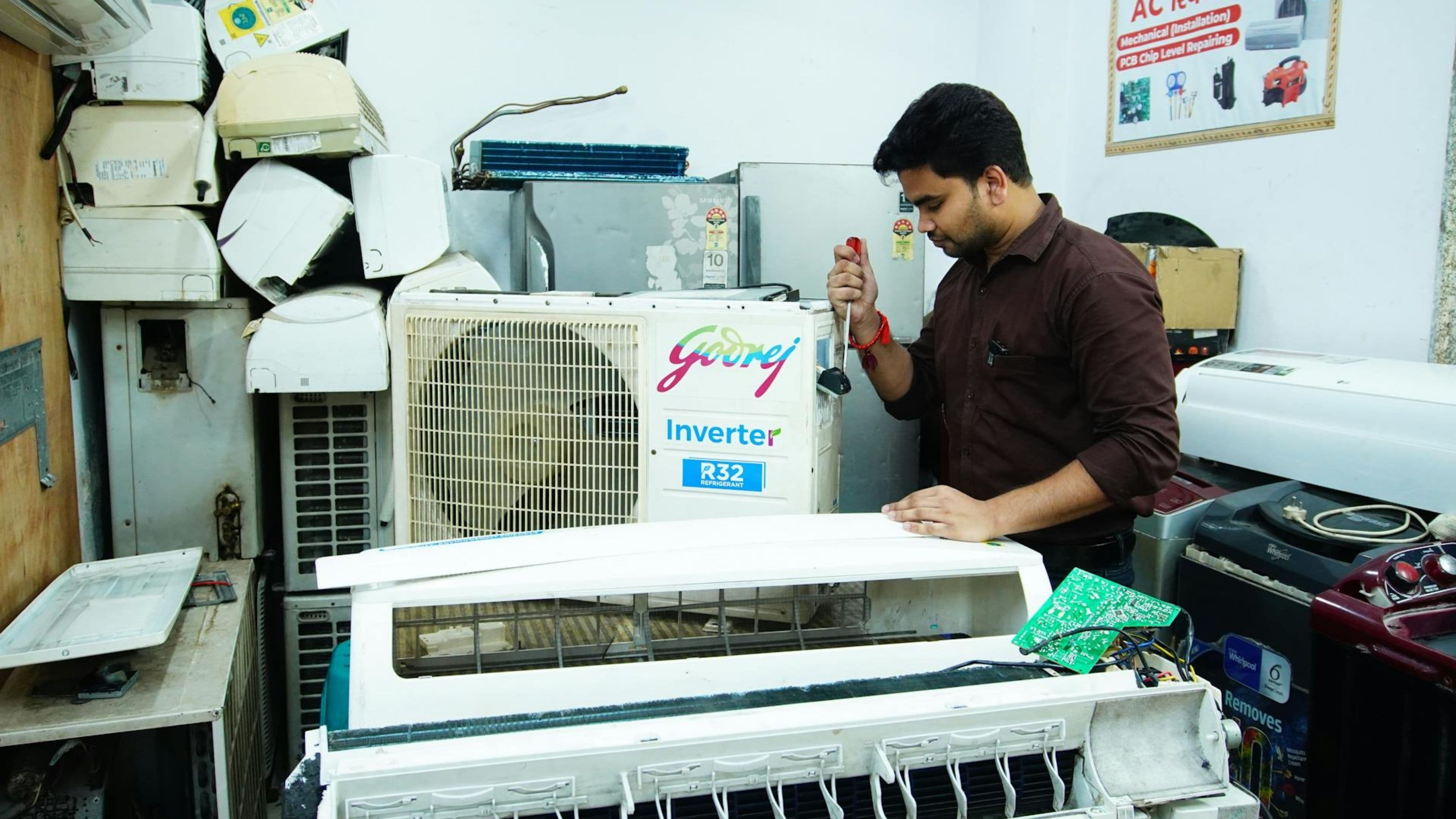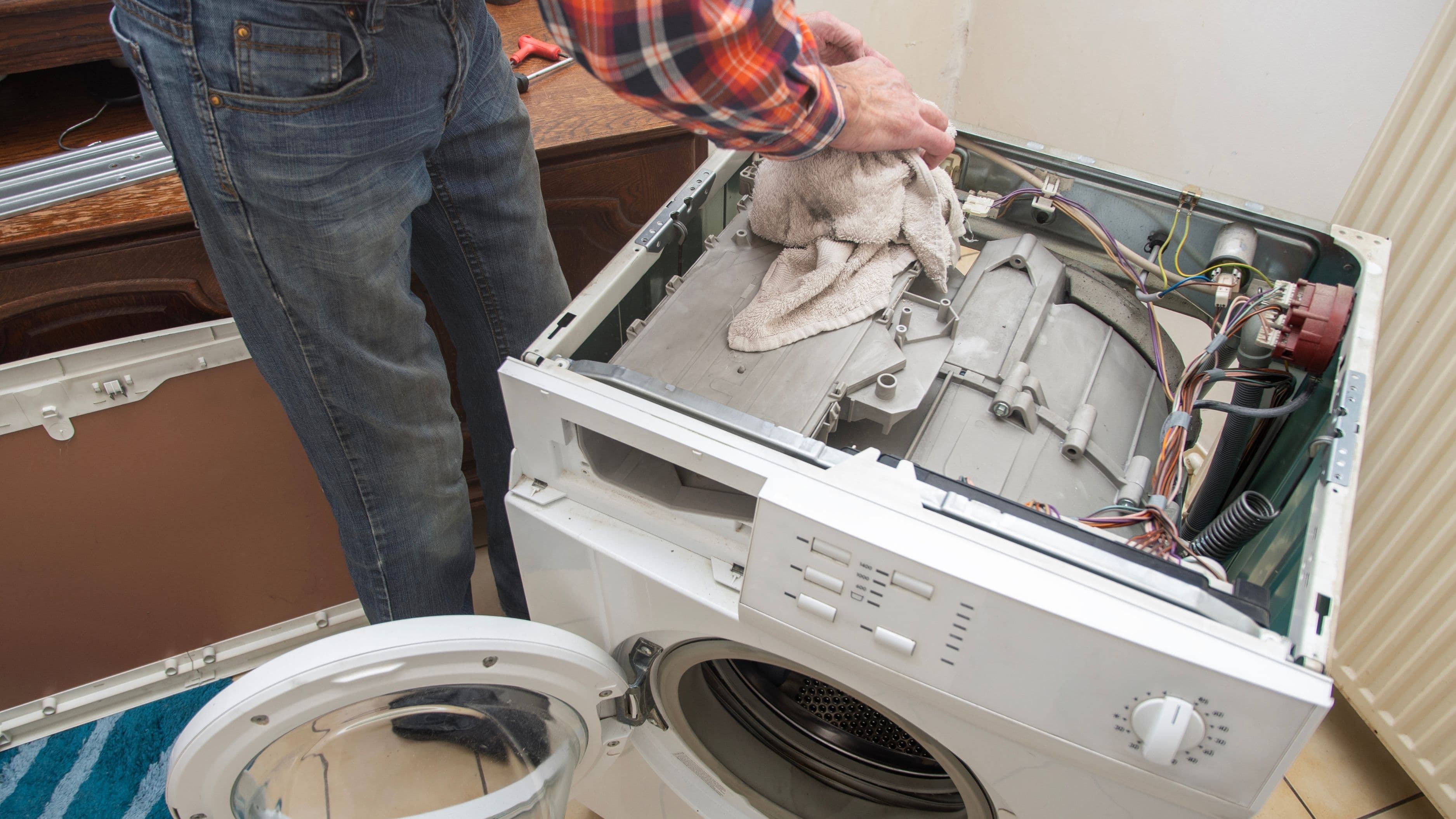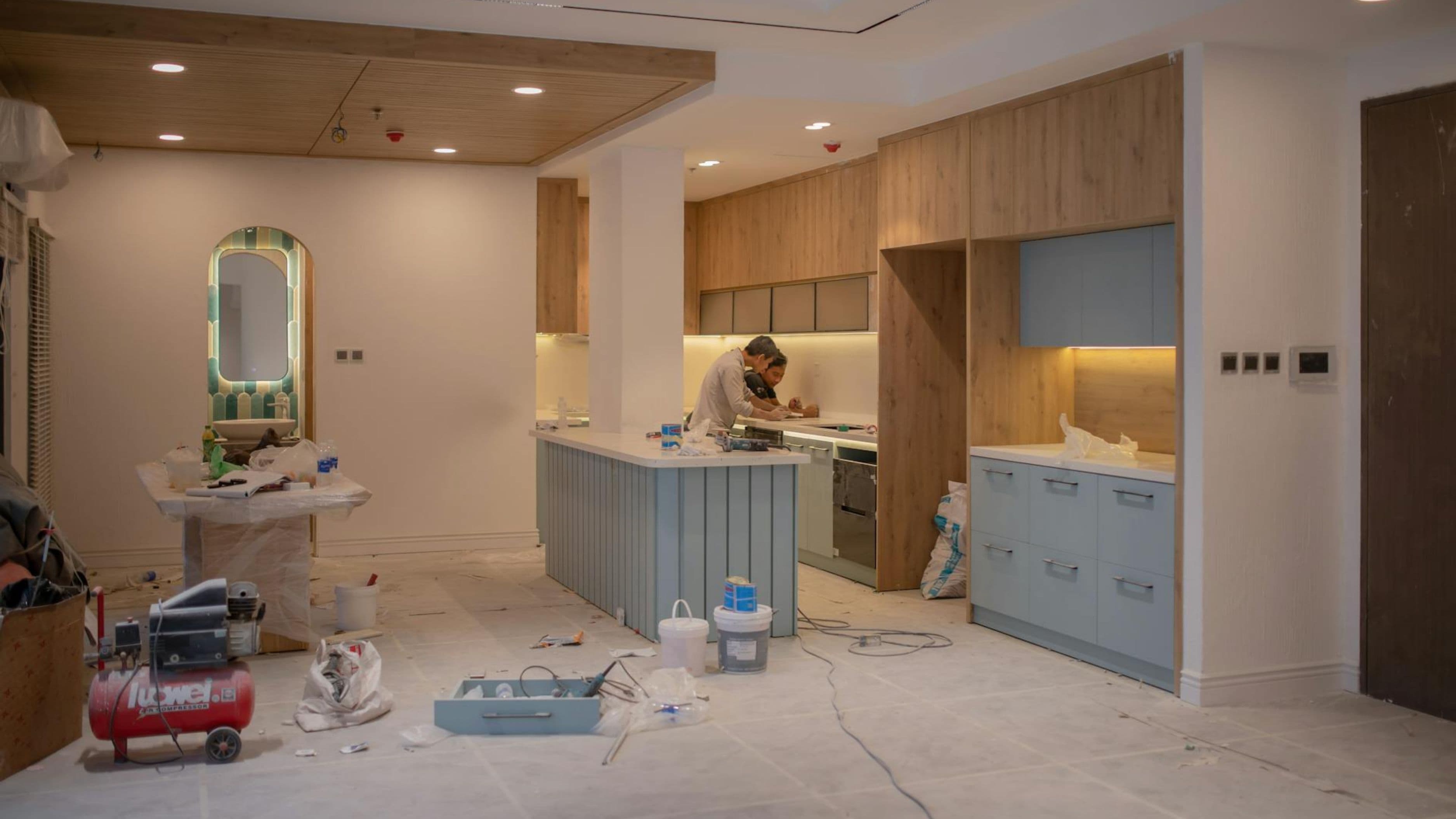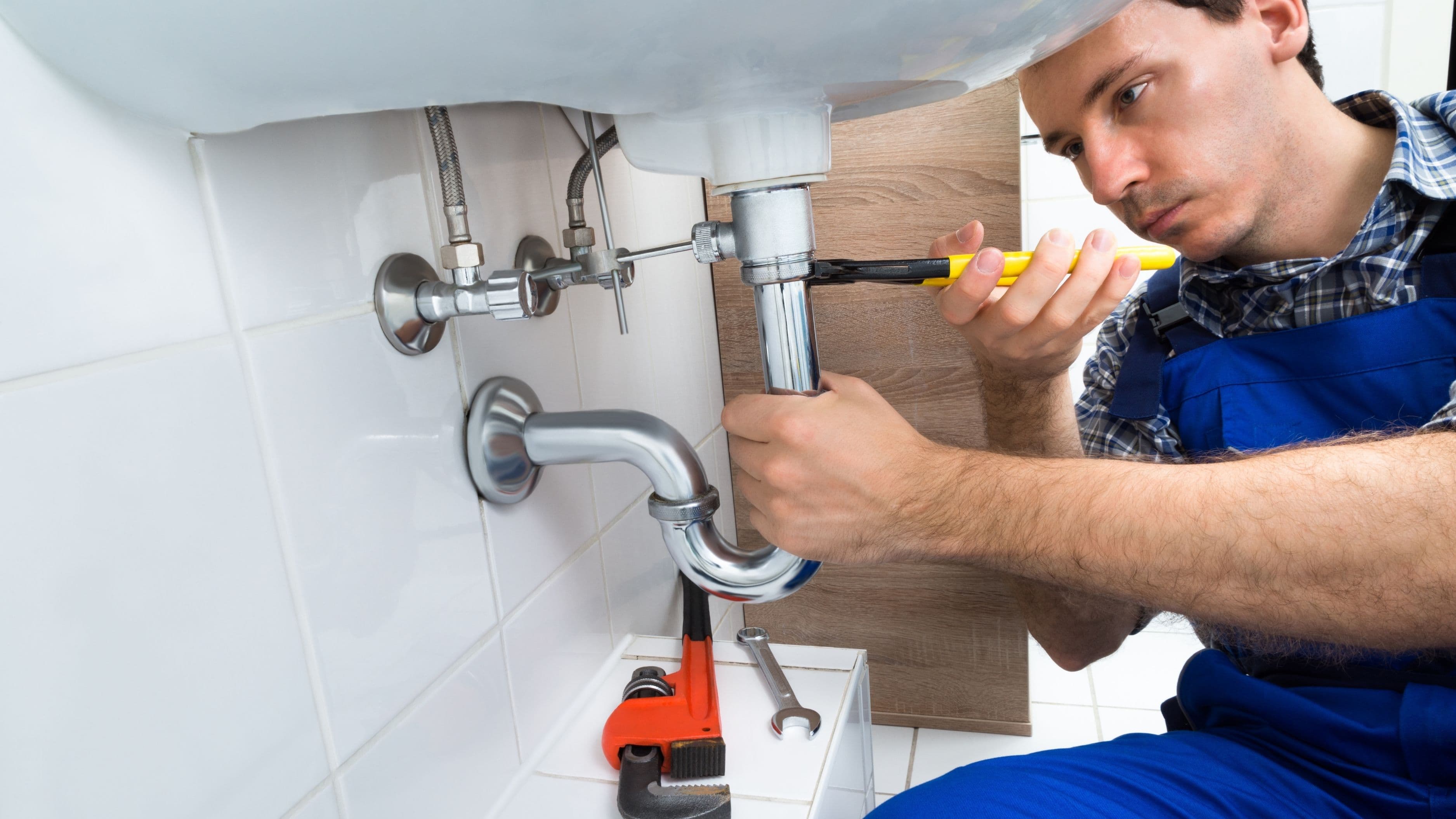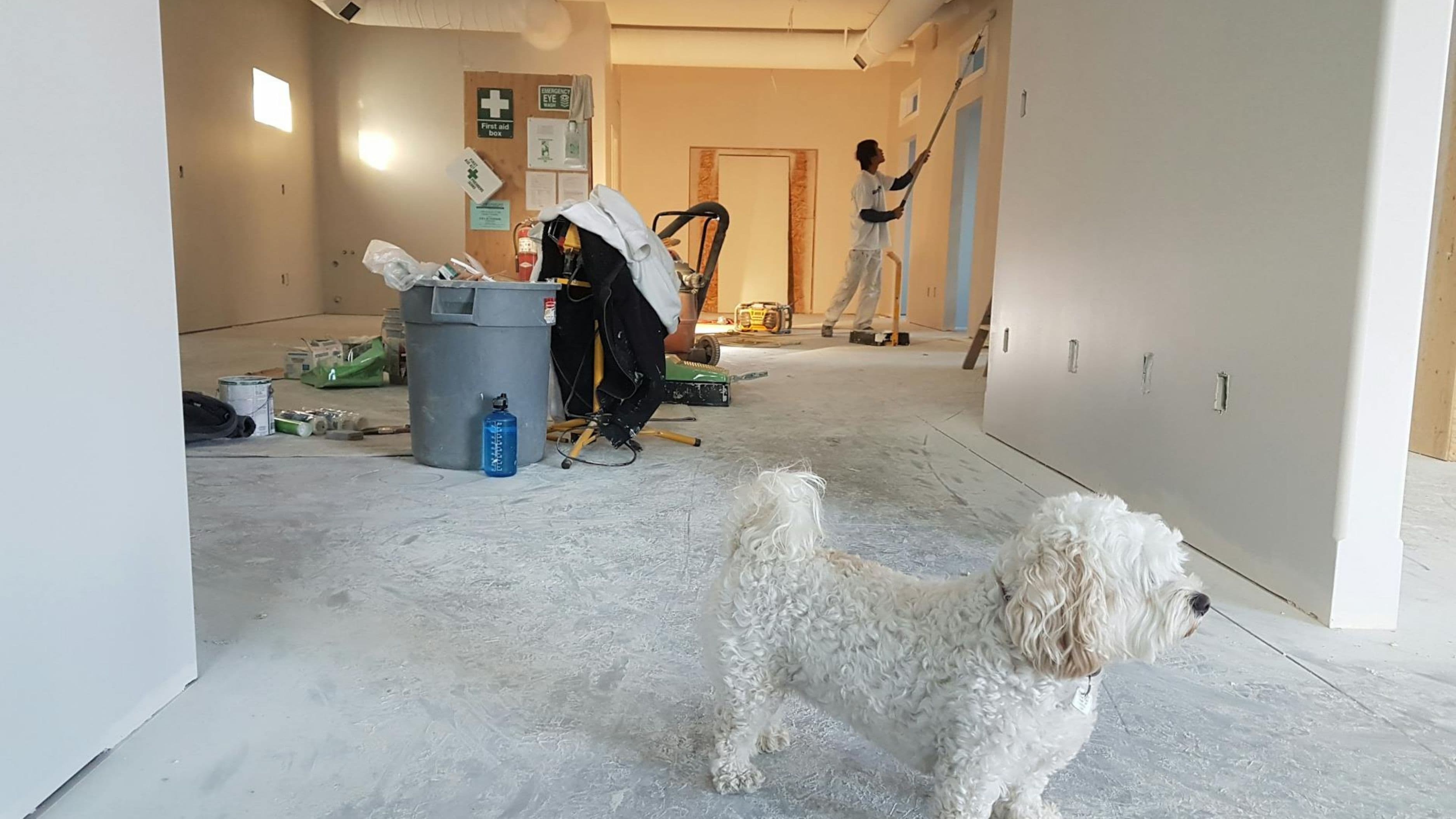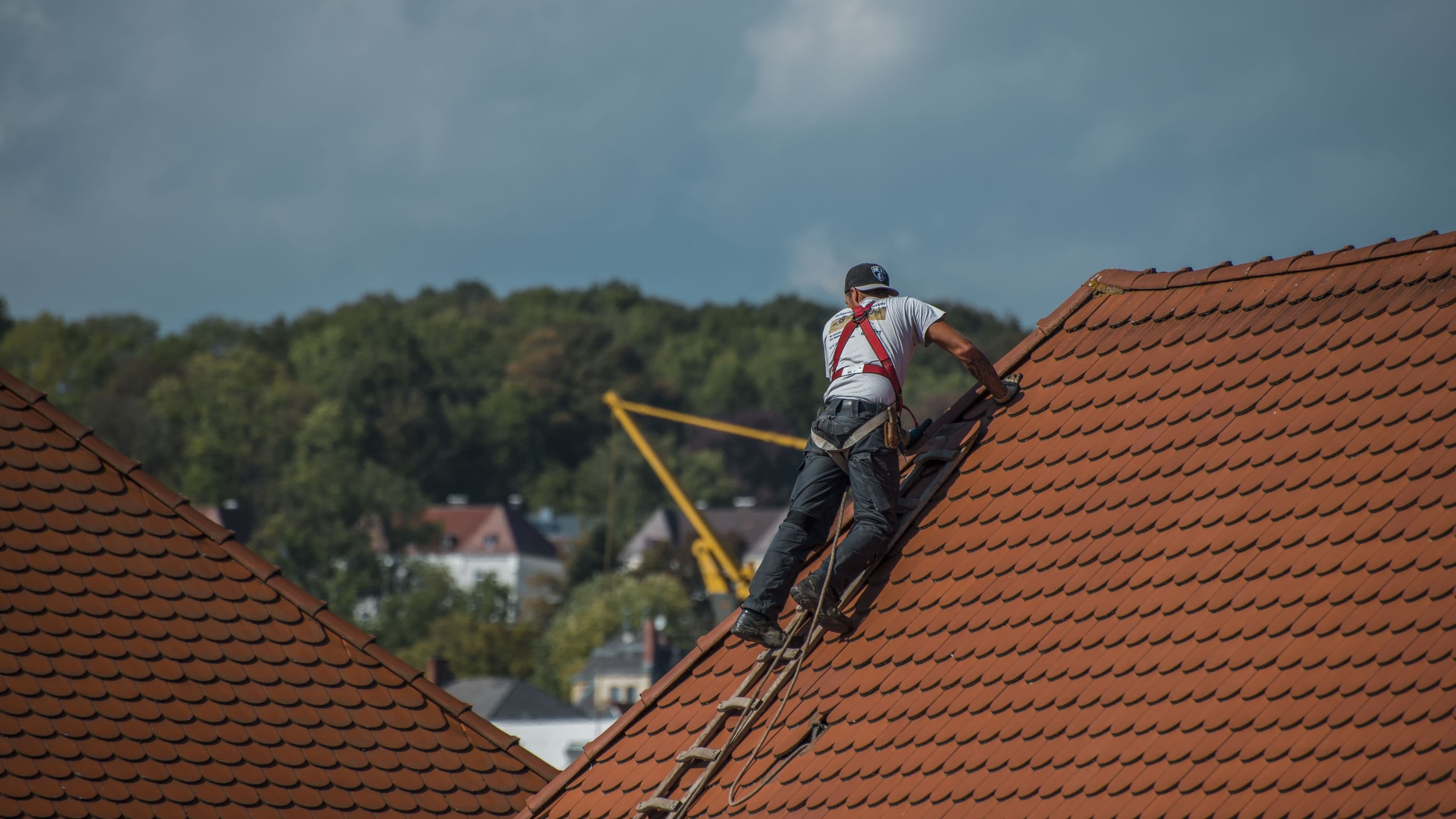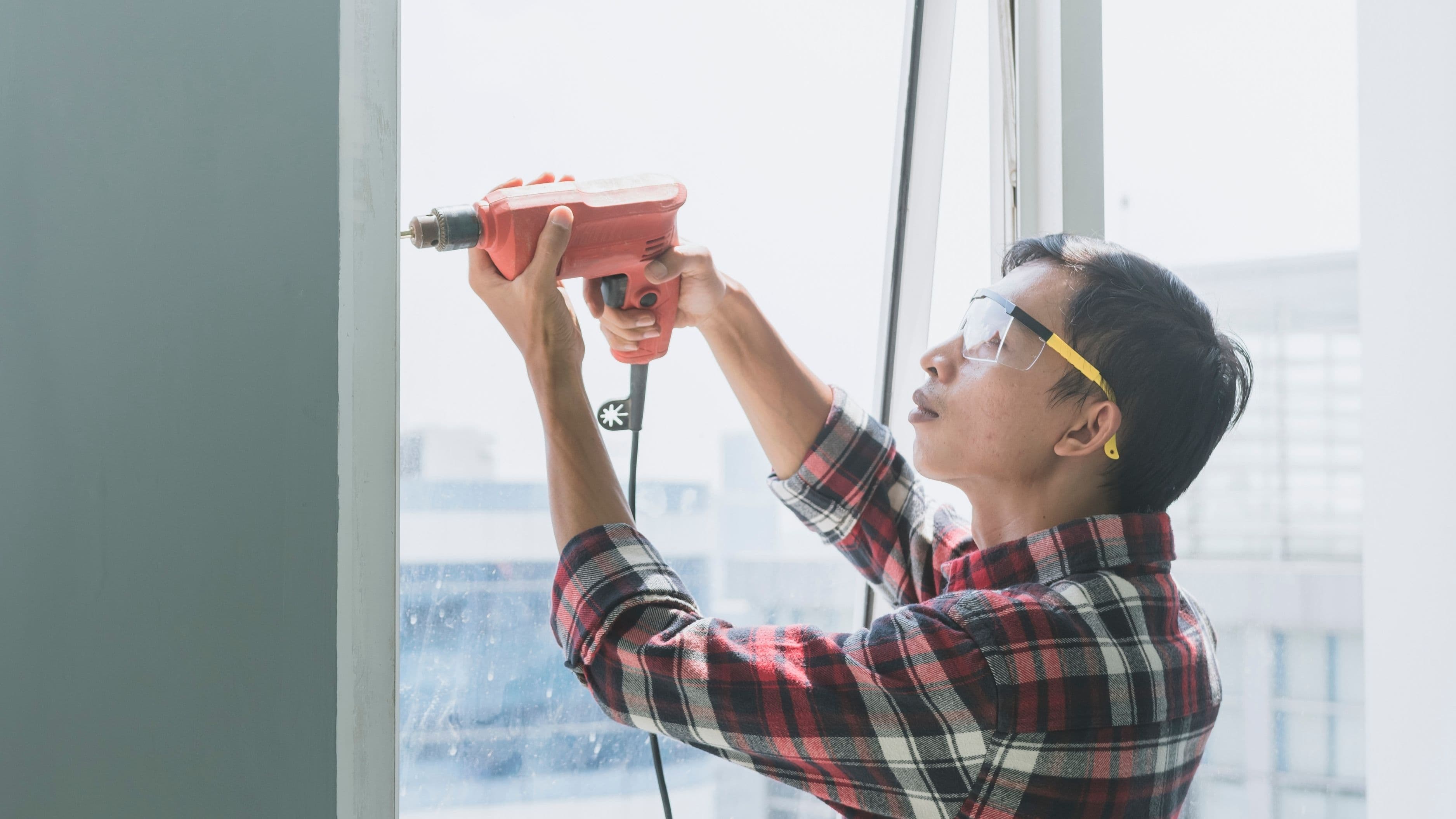The repairs you keep postponing aren't just minor inconveniences. They're red flags waving frantically at home inspectors and cautious buyers who see each unaddressed issue as a glimpse into how the entire property has been maintained. Let's demolish some dangerous myths about home maintenance and reveal what's actually costing you money.
Myth: Minor Water Stains Are Just Cosmetic → Truth: They Signal Major Structural Concerns
That yellowish-brown stain blooming across your ceiling might look like a simple paint problem, but buyers see dollar signs—and not in a good way. Water stains tell a story of leaks, potential mold growth, and compromised structural integrity that sends red flags shooting up in every direction. Even if you fixed the leak months ago, that ghostly reminder makes buyers wonder what other problems you've patched without truly addressing.
Home inspectors zero in on water damage like hawks spotting field mice. A single stain can trigger extensive investigation into your roof, plumbing, and ventilation systems. Buyers will either demand significant price reductions to cover potential remediation or walk away entirely, especially in competitive markets where move-in ready homes are just a showing away. The National Association of Realtors reports that water damage and related issues are among the top reasons home sales fall through during inspection periods.
The fix is surprisingly straightforward and affordable. Once you've addressed the source of the leak, treat the stained area with a stain-blocking primer before repainting. This typically costs under $50 for materials and a Saturday afternoon of your time. Compare that to the thousands buyers will deduct when they imagine hidden mold colonies growing behind your walls.
Myth: Cracks in Foundation Are Normal Settling → Truth: They're Negotiation Ammunition
Every homeowner has heard the reassuring phrase "it's just settling" when hairline cracks appear in basement walls or foundations. While it's true that some minor cracking is normal, buyers don't care about what's "normal"—they care about what could cost them money. Even small cracks become powerful bargaining chips that can knock $5,000 to $15,000 off your sale price, regardless of whether they pose actual structural threats.
The psychology here is fascinating. Buyers associate foundation issues with catastrophic expenses, complete home instability, and nightmare scenarios they've seen on home improvement disaster shows. It doesn't matter if your engineer friend assured you it's cosmetic. That crack in the concrete whispers "money pit" to anyone who sees it, triggering immediate price reduction demands or requests for costly structural evaluations that delay or derail sales.
Addressing foundation cracks before listing doesn't mean you need to spend tens of thousands on structural reinforcement. For minor cracks, hydraulic cement or epoxy injection kits (available at any hardware store for $30-$100) can seal the gaps and restore visual integrity. For anything more serious, getting a structural engineer's assessment and making recommended repairs demonstrates transparency and care—qualities buyers reward with better offers.
Myth: That Dripping Faucet Can Wait → Truth: It Broadcasts Deferred Maintenance
A faucet that drips... drips... drips seems almost charming in its predictability, like a metronome you've learned to ignore. But to buyers walking through your home, each drop is a tiny hammer blow against their confidence in your maintenance standards. If you couldn't be bothered to fix something this simple and visible, what have you neglected behind the walls, under the floors, or up in the attic?
The actual water waste from a dripping faucet is minimal—maybe a few dollars per year on your water bill. The perceptual damage, however, is enormous. Buyers mentally catalog every small repair they'll need to handle, and the list becomes exhausting quickly. That drip joins the loose doorknob, the crooked cabinet door, and the scratched appliance in a narrative of neglect that makes your home feel tired and unloved. In buyer's minds, your asking price should reflect the sweat equity they'll need to invest.
Fixing a dripping faucet typically requires nothing more than replacing a worn washer or cartridge—a $5 to $25 repair that takes fifteen minutes if you're moving slowly. Some don't even require tools beyond an adjustable wrench. Yet this tiny investment can shift buyer perception from "fixer-upper" to "well-maintained home" in an instant. The return on investment isn't measured in dollars saved on water bills; it's measured in the thousands of dollars buyers won't deduct from their offers.
Myth: Buyers Will Look Past Cosmetic Issues → Truth: First Impressions Determine Perceived Value
There's a persistent belief among sellers that serious buyers will see through superficial problems to recognize a home's true potential. This is dangerously optimistic. Study after study in behavioral economics confirms that first impressions create anchoring effects that color every subsequent judgment. When buyers pull up to a home with peeling exterior paint, overgrown landscaping, or a cracked driveway, they've already mentally discounted your asking price before crossing the threshold.
Cosmetic neglect signals deeper problems in buyers' minds, whether those problems exist or not. Chipped paint around windows suggests water infiltration and rot. Cracked caulking in bathrooms hints at moisture damage and mold. Stained grout whispers about inadequate cleaning and potentially compromised tile installations. Each visual flaw becomes evidence in a mental case they're building about why your home isn't worth your asking price. The emotional impact of walking into a home that looks tired cannot be overstated—it fundamentally changes how buyers experience the space.
The beautiful irony is that cosmetic repairs deliver the highest return on investment of almost any home improvement. A weekend spent re-caulking bathrooms, touching up paint, cleaning grout, and pressure-washing the exterior might cost $200 in materials and sweat equity but can easily add $3,000 to $5,000 to your sale price. These aren't just repairs; they're reframing exercises that help buyers envision themselves living in a well-loved, well-maintained home rather than inheriting someone else's to-do list.
Myth: HVAC Systems Run Until They Don't → Truth: Age and Maintenance Records Matter Enormously
Most homeowners treat their heating and cooling systems like appliances—they work until they break, at which point you replace them. Buyers, however, approach HVAC systems with a much more calculated mindset. They want to know the age of your system, see maintenance records, and understand how many years of life remain. A fifteen-year-old furnace might be running perfectly, but buyers know it's on borrowed time and will demand either repairs, replacements, or price concessions to cover the inevitable expense.
The lack of maintenance documentation is particularly damaging. Even if you've faithfully changed filters and scheduled annual tune-ups, without proof, buyers assume you've done nothing. This absence of evidence becomes evidence of absence in their minds—another red flag suggesting overall property neglect. Home inspectors will note the system's age in their reports, and buyers' agents will use this information aggressively in negotiations, often requesting $3,000 to $8,000 in seller concessions for HVAC systems approaching end-of-life.
The solution is proactive and relatively inexpensive. Schedule professional HVAC maintenance before listing (typically $75-$150 for a full inspection and tune-up) and collect all service records into a binder you can show buyers. If your system is aging, consider obtaining quotes for replacement and offering a credit at closing, which demonstrates transparency and gives buyers control over selecting their preferred system. This approach transforms a liability into a selling point that builds trust.
Myth: Small Electrical Issues Are DIY-Friendly → Truth: They're Legal Liabilities and Deal-Breakers
Flickering lights, outlets that don't work, or a breaker that trips occasionally might seem like quirks you can live with or fix yourself with a YouTube tutorial. But electrical issues terrify buyers and home inspectors for good reason—they represent fire hazards, code violations, and potential insurance nightmares. Even minor electrical problems can derail sales entirely when inspectors flag them as safety concerns requiring immediate professional attention.
The stakes with electrical issues extend beyond buyer comfort. Many jurisdictions require homes to meet current electrical codes at the time of sale, meaning outdated wiring, insufficient grounding, or GFCI outlets missing in required locations must be corrected before closing. Insurance companies increasingly refuse to cover homes with known electrical deficiencies, effectively making your home unsellable until repairs are completed. What you thought was a $20 DIY fix suddenly becomes a $1,000 electrician bill plus delayed closing costs.
Never attempt to hide or minimize electrical issues. Hire a licensed electrician to evaluate your home's electrical system before listing, addressing any safety concerns or code violations. This typically costs $200-$500 for inspection and minor repairs but prevents deal-killing surprises during buyer inspections. Buyers will actually pay premiums for homes with recently updated electrical systems because they represent safety, reliability, and years without needing expensive work.
Myth: Roof Repairs Can Wait Another Year → Truth: Roof Condition Dominates Buyer Decision-Making
Your roof might have a few missing shingles, some curling edges, or minor granule loss, but it's not actively leaking, so why spend thousands on repairs before selling? This logic seems sound until you understand how powerfully roof condition influences buyer behavior. The roof is quite literally the first line of defense against the elements, and any hint of deterioration sends buyers into defensive negotiating mode or out the door entirely.
Home inspectors scrutinize roofs mercilessly because roof replacement represents one of the largest single expenses homeowners face—typically $8,000 to $25,000 depending on size and materials. When an inspection report notes a roof "approaching end of service life" or "requiring attention within 1-3 years," buyers immediately deduct the full replacement cost from their offers, even if the roof remains functional. Some won't even make offers, preferring to pursue homes without this looming expense. Lenders also balk at financing homes with roofs in poor condition, creating additional obstacles to closing.
Address roof issues before listing, even if it means significant expense. Minor repairs like replacing damaged shingles or fixing flashing typically cost $300-$800 and can extend your roof's life by years. If your roof truly needs replacement, consider having it done before listing—the investment typically returns 60-70% of cost in increased home value and dramatically expands your buyer pool. Alternatively, obtain multiple replacement quotes and offer a closing credit, giving buyers control while demonstrating you're not hiding problems.
Myth: Buyers Won't Notice Interior Damage → Truth: They're Scrutinizing Everything
Scuffed baseboards, scratched hardwood, holes in walls from removed fixtures, and worn carpet might blend into the background for you after years of living with them. But buyers touring your home are actively hunting for flaws—not because they're critical by nature, but because every issue they identify strengthens their negotiating position. These interior imperfections accumulate in their minds like items on an invoice, each one justifying a price reduction or repair request.
The digital age has amplified this scrutiny exponentially. Buyers now tour homes with smartphones, photographing every flaw they discover to review later with their agents, partners, and contractors. That photo of your scratched floor becomes exhibit A in their case for why your home is overpriced. Social media has also trained buyers to expect the polished, staged perfection they see in listing photos and home design content, making real-world wear and tear stand out more starkly than ever before.
Interior repairs before listing are your highest-leverage investment. Spend a few hundred dollars on wood filler, touch-up paint, and hardware store fixes to address visible damage throughout your home. Consider professional carpet cleaning ($100-$200) or replacement if carpets are significantly worn. Fresh paint in neutral colors ($300-$600 for DIY whole-house refresh) creates a blank canvas that helps buyers envision their belongings in the space. These aren't just repairs—they're staging strategies that fundamentally alter how buyers perceive your home's value and condition.
Myth: Outdated Fixtures Are Charming → Truth: They Signal Renovation Expenses
That brass chandelier from 1987, the almond-colored toilet, and the pink tile bathroom might hold nostalgic appeal for you, but buyers see them as expensive problems requiring immediate attention. Outdated fixtures and finishes don't just look old—they telegraph a message that the home hasn't been updated in decades, raising questions about what else might be original and failing. Buyers mentally add renovation costs to their purchase calculations, reducing what they're willing to offer accordingly.
The generational shift in homebuyers amplifies this issue. Millennials and Gen Z buyers grew up with HGTV and Pinterest, developing strong preferences for contemporary design that makes dated fixtures particularly off-putting. They're less willing to live with cosmetic issues "for a while" than previous generations, preferring to purchase homes that feel current. A National Association of Realtors survey found that 87% of buyers consider updated kitchens and bathrooms extremely or very important in their purchase decisions.
Strategically updating fixtures delivers outsized returns. Replacing outdated light fixtures with modern alternatives typically costs $50-$150 per room but dramatically freshens the space. Swapping old faucets, cabinet hardware, and toilet seats are afternoon projects costing under $300 total that make bathrooms and kitchens feel updated without major renovation. These tactical updates hit the sweet spot between investment and return, helping buyers see your home as move-in ready rather than a renovation project waiting to happen.
Let Go of the Big Renovation Myth—Start With What's Broken
Let go of outdated advice that tells you major renovations are the key to home value. Stop ignoring the whisper of that dripping faucet, the crack spreading slowly across your foundation, or the water stain you've been meaning to paint over for three years. These aren't minor cosmetics—they're silent value destroyers that speak louder than any granite countertop ever could.
The most profitable move you can make before selling isn't adding square footage or installing luxury finishes. It's addressing the neglected repairs that broadcast to every buyer who walks through your door that this home has been loved, maintained, and cared for. Start making moves that actually work: fix what's broken, restore what's worn, and present a home that doesn't come with a mental checklist of immediate expenses. Your sale price will thank you.
📚 Sources
1. National Association of Realtors. (2023). "Home Buyer and Seller Generational Trends Report." NAR Research Department.
2. National Association of Realtors. (2024). "Remodeling Impact Report: Outdoor Features." NAR & NARI Joint Publication.
3. U.S. Environmental Protection Agency. (2023). "WaterSense: Fix a Leak Week Statistics and Water Conservation Data."
🔍 Explore Related Topics


